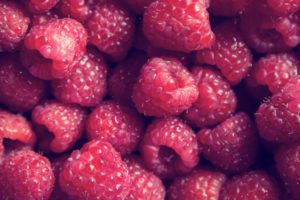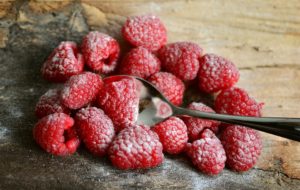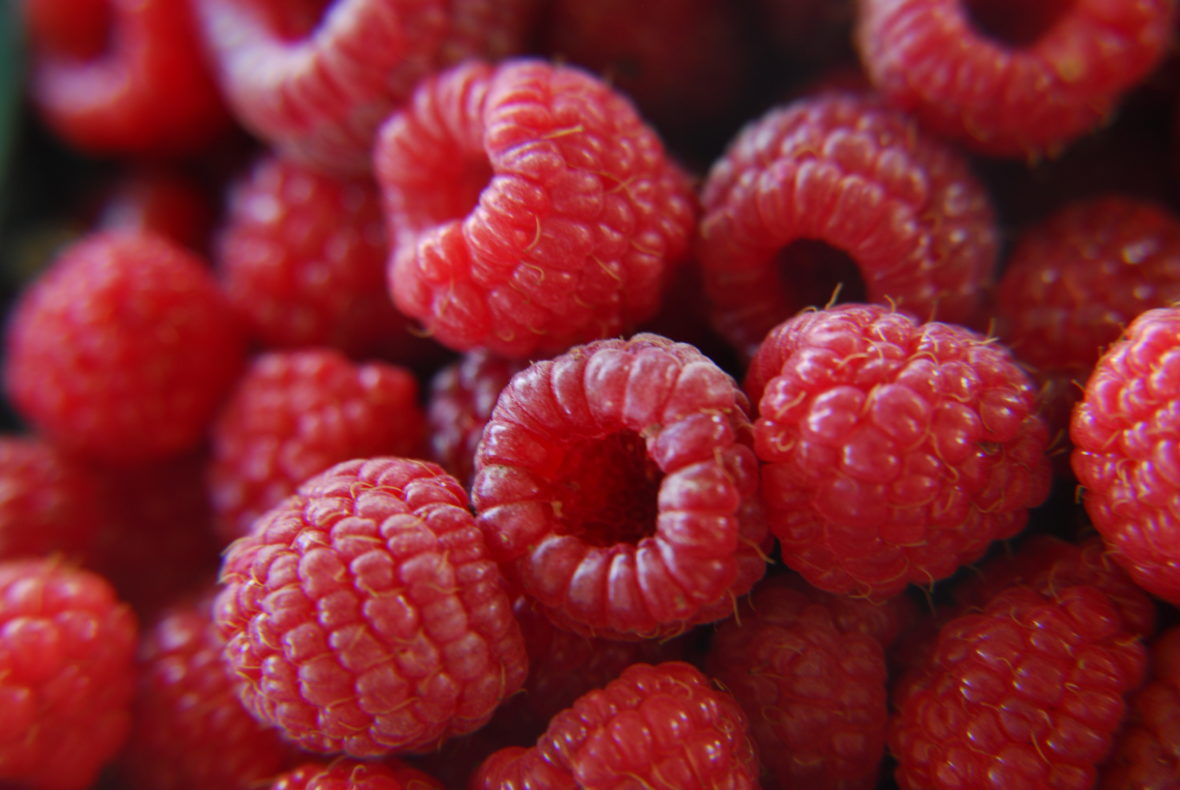Raspberries are the edible fruit of a multitude of plant species in the genus Rubus of the rose family, most of which are in the subgenus Idaeobatus. The berries are also perennial with woody stems. Take a look below for 25 more interesting and fascinating facts about raspberries.
1. The name “raspberry” comes from “raspise”, meaning a “sweet rose-colored wine”, from the Anglo-Latin “vinum raspeys”, or from “raspoie,” meaning “thicket”.
2. Raspberries originate from Turkey, but they can be found in areas with temperate climate around the world today.
3. There are over 200 species of raspberries, but only a few species that are cultivated and consumed at a commercial scale.
4. Raspberries grow in areas with mild winters and cold summers, on a fertile and well-drained soil.

5. Raspberries develop erect or arched stems, usually covered with thorns. During the first year of life, they develop one stem, which grows 5 to 8 feet in height. The plant then spreads horizontally and produces side branches during the second year.
6. Raspberries have compound leaves that are made up of 5 to 7 oval leaflets with toothed edges. The leaves are green on the upper side and whitish on the bottom side.
7. Raspberries produce flowers during the second year. They start to bloom late in the spring and are a rich source of nectar. The nectar attracts honeybees, which are responsible for the pollination of the plant.
8. Raspberries are cylindrically-shaped, ruby red colored and have a sweet taste.
9. Each raspberry is made up of around 100 individual tiny fruits, called drupelets, filled with one seed. They’re arranged in the shape of a helmet around a centrally positioned small stem.
10. When ripe raspberries are harvested from the plant, the stem remains on the mother plant, leaving the hole in the middle of the fruit.

11. Raspberries can be red, purple, golden and black in color, depending on the variety.
12. A single plant can produce a few hundred raspberries per year.
13. Raspberries are an excellent source of dietary fibers, vitamin C, vitamin E, vitamin B9, and minerals such as manganese and magnesium.
14. Raspberries can be eaten fresh or as an ingredient of breakfast cereals, ice creams, milkshakes and various cakes, juices, jams and jellies.
15. Phytonutrients from raspberries can be an effective treatment for high blood pressure and inflammation of the joints. They’re also beneficial for the normal functioning of the liver.
16. Herbal raspberry tea can be used for the regulation of the menstrual cycle.

17. Animal studies have shown that chemicals isolated from the root of young raspberries can prevent the development of kidney stones.
18. Raspberry ketone, a compound isolated from the raspberry has application in the cosmetic industry for the production of shampoos, lotions, creams and perfumes.
19. Russia is the biggest raspberry manufacturer in the world. It produces about 125,000 tons of raspberries per year.
20. Raspberry roots can survive up to 10 years. However, the stem is biennial, which means that it will die after two years and be replaced with a new stem.
21. Raspberries are the most delicate berry. They should only be washed just before eating. Fresh berries should be kept in the refrigerator and eaten within a few days.
22. Once picked from the plant, raspberries will not continue to ripen.

23. People in Eastern Asia, where raspberries are believed to have originated, used the fruit as a sore throat remedy and teeth cleaner.
24. Several types of berries being eaten today are bred from raspberries. For example, the nessberry was developed by crossing a raspberry with a blackberry and dewberry.
25. The people of Troy, in modern-day Turkey, were the first to note an appreciation of the raspberry.




